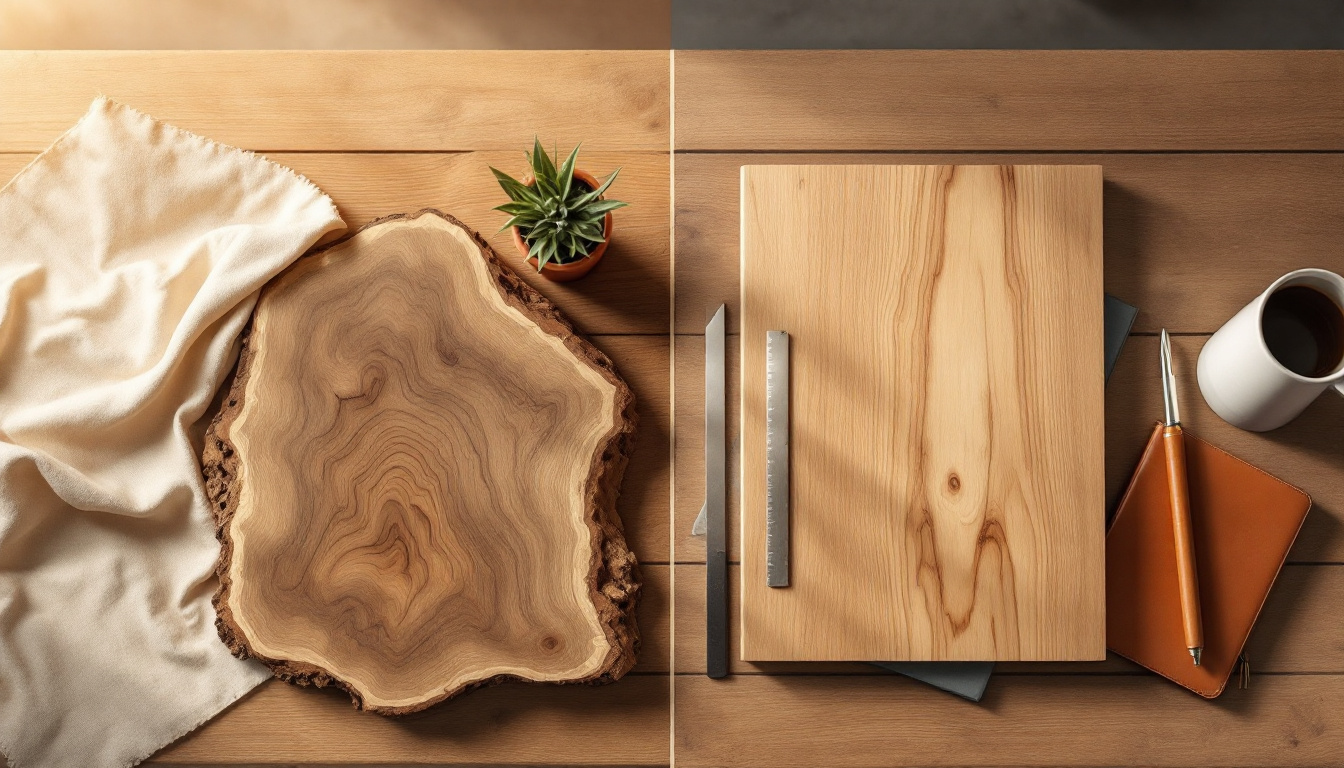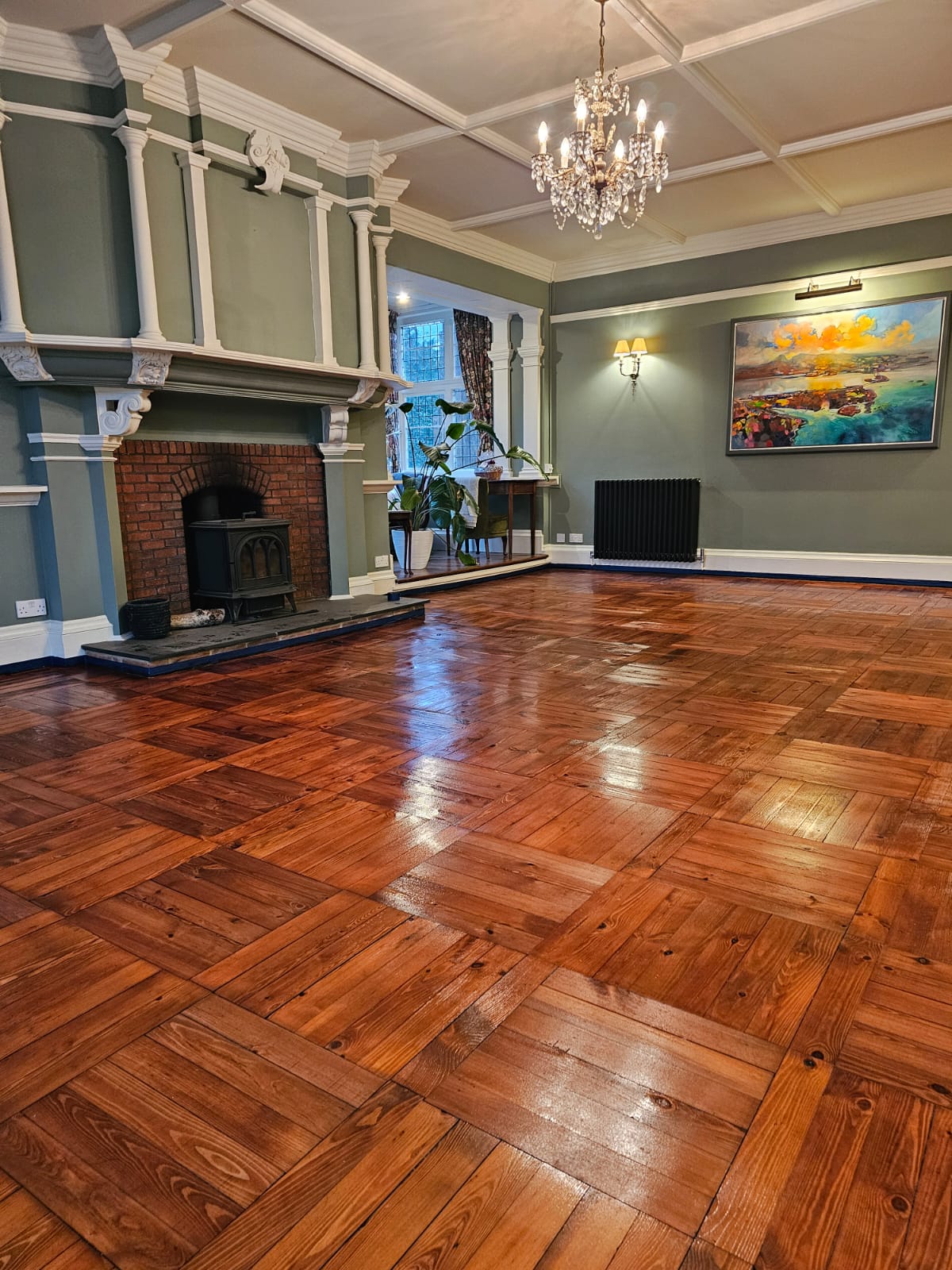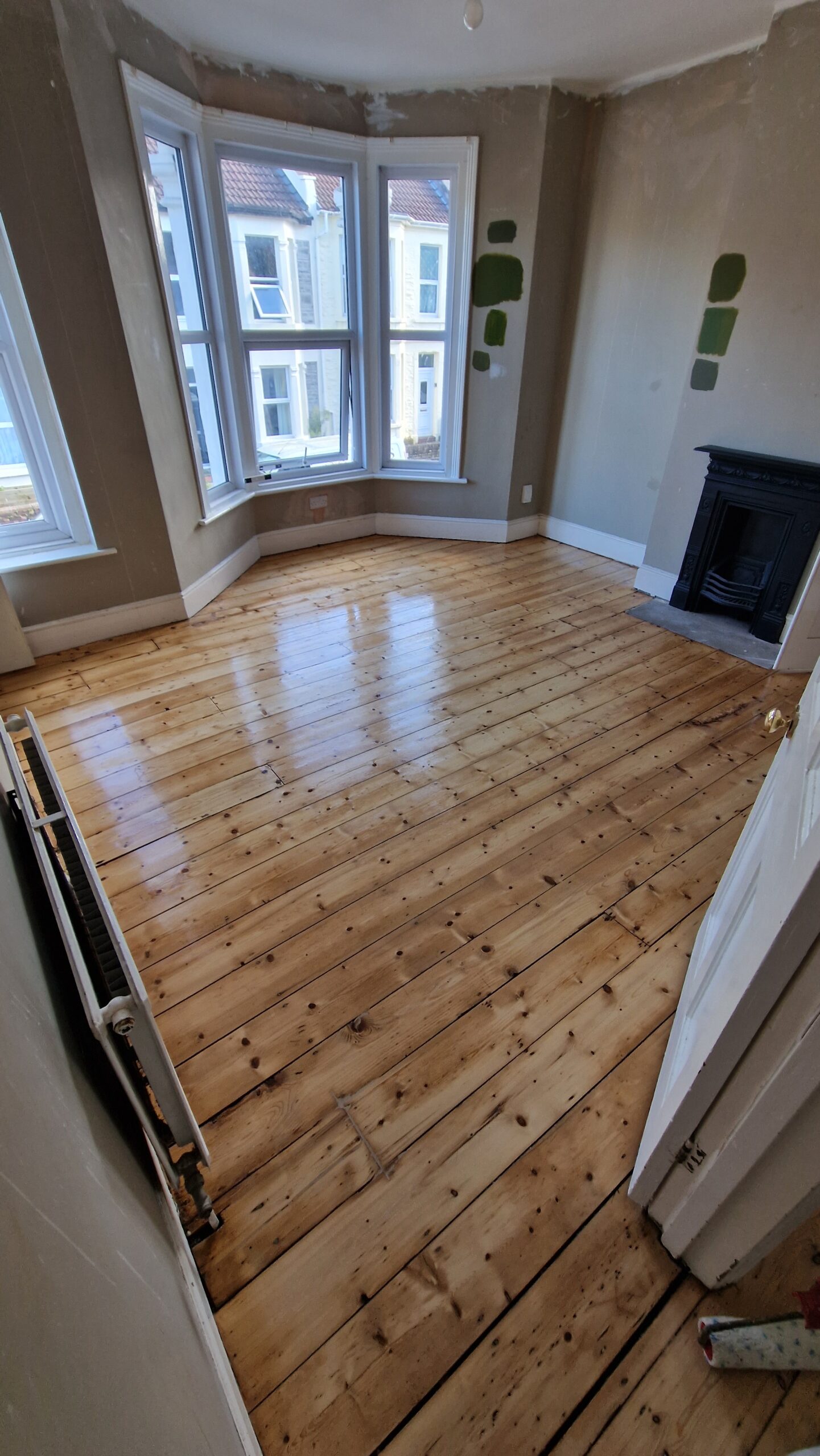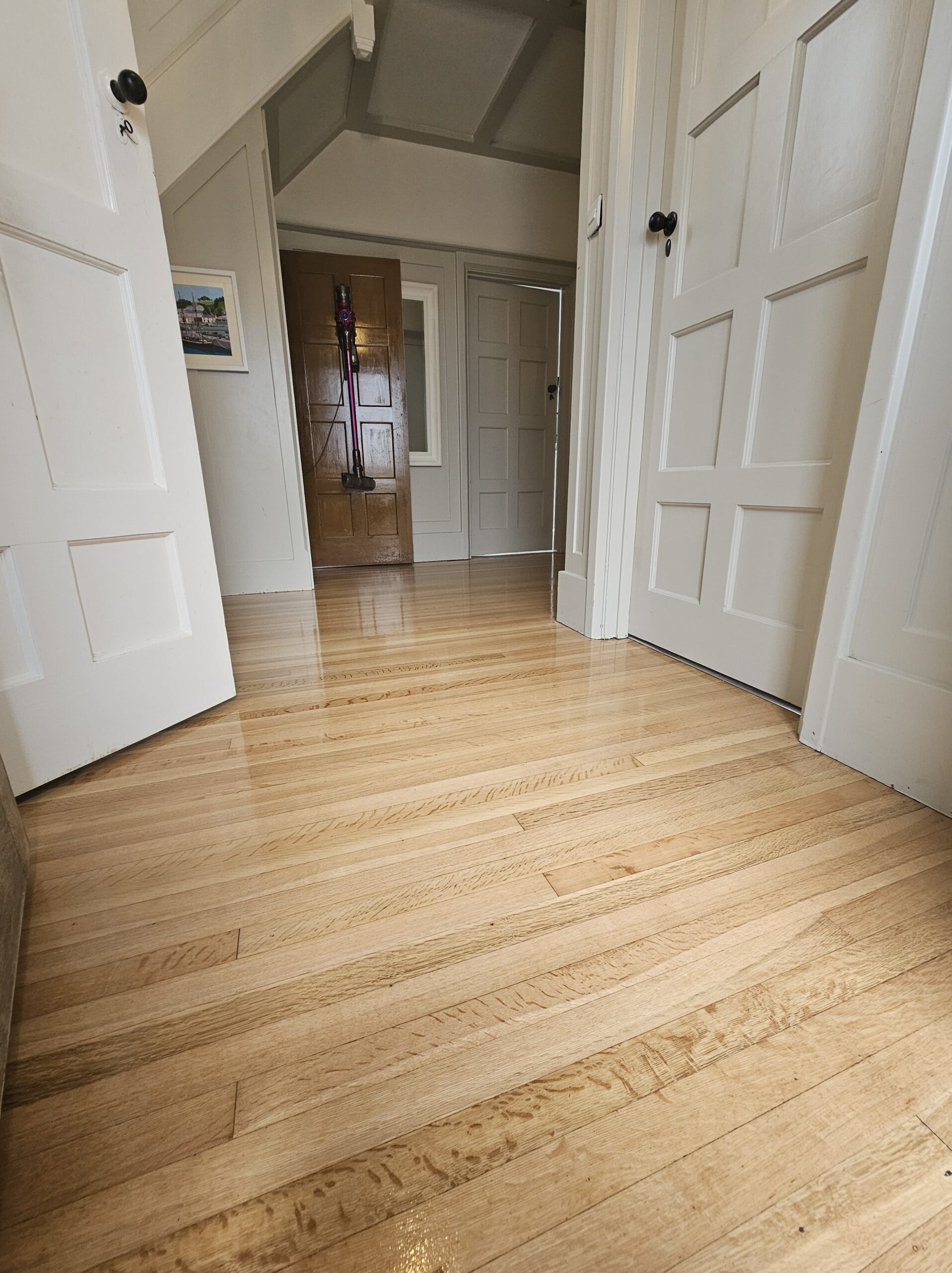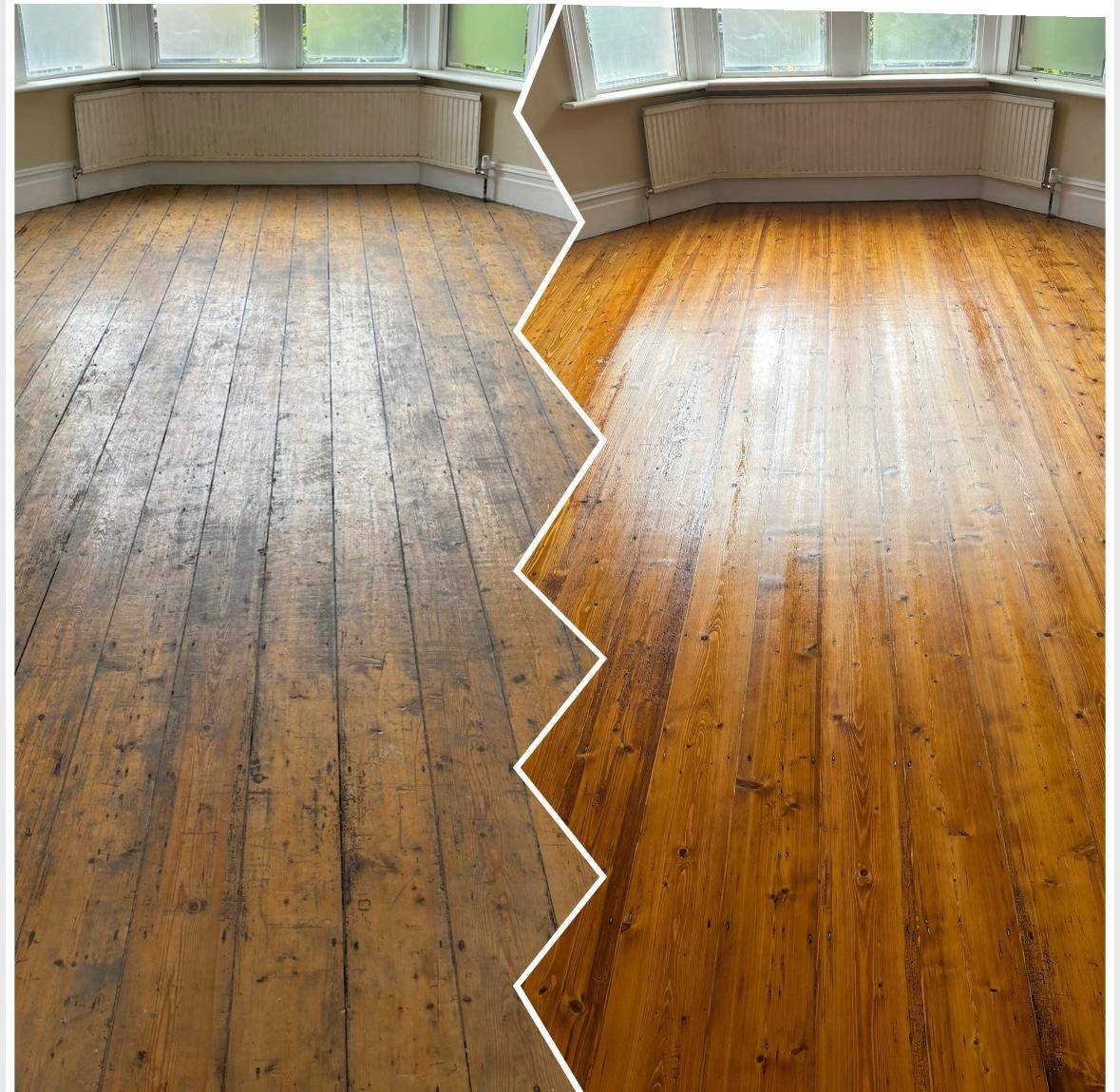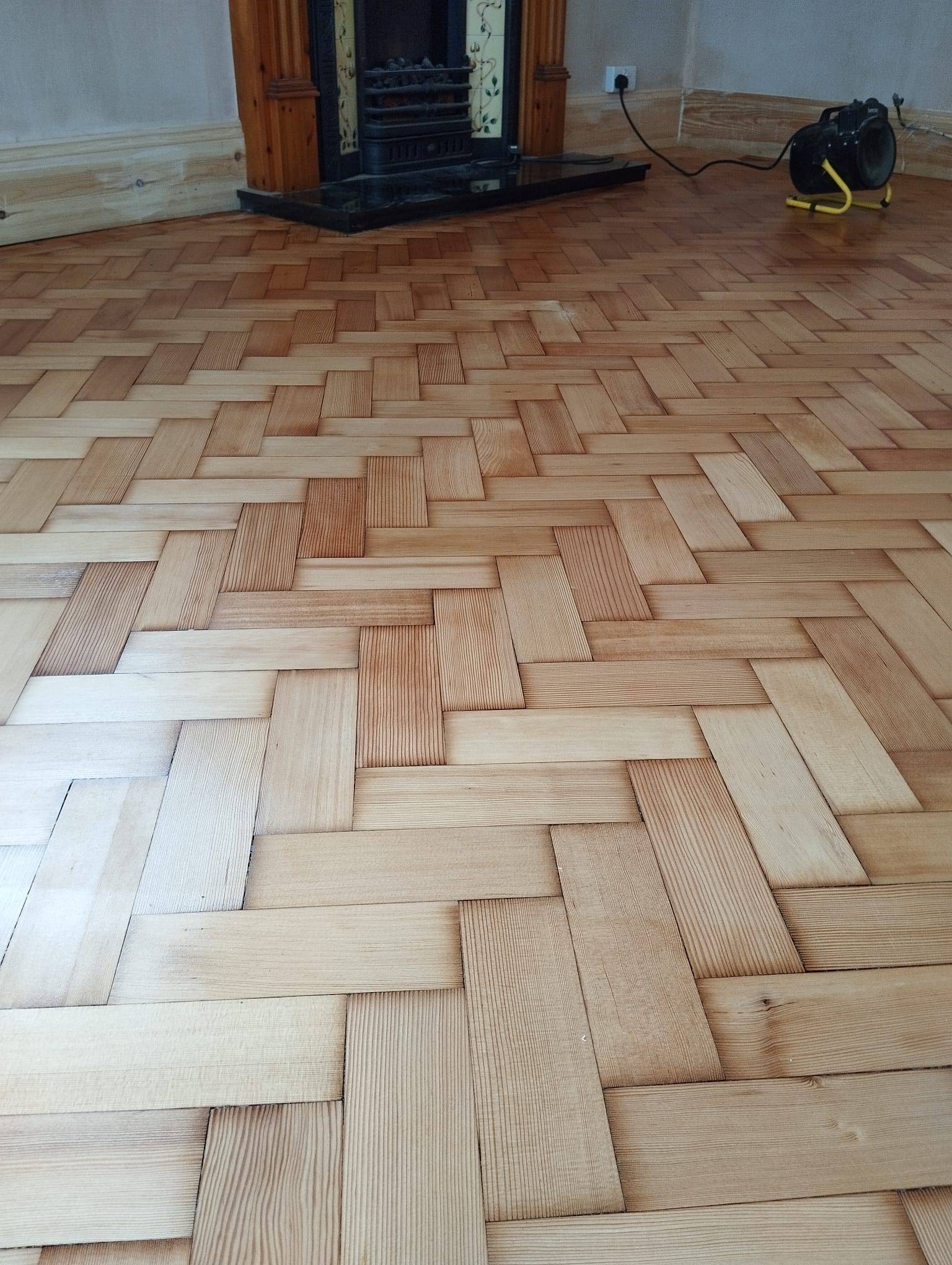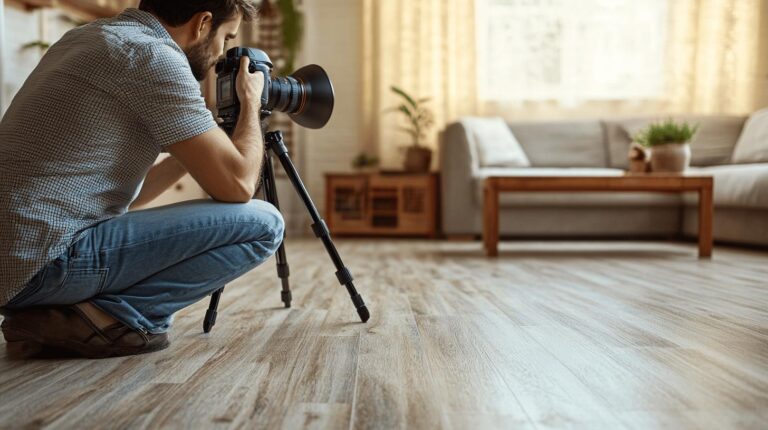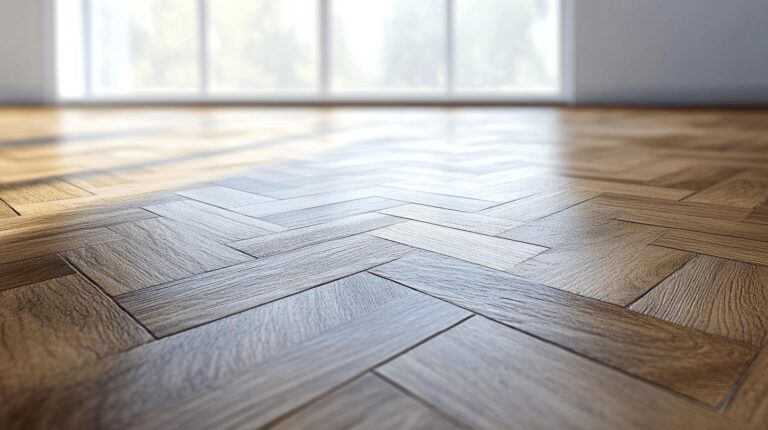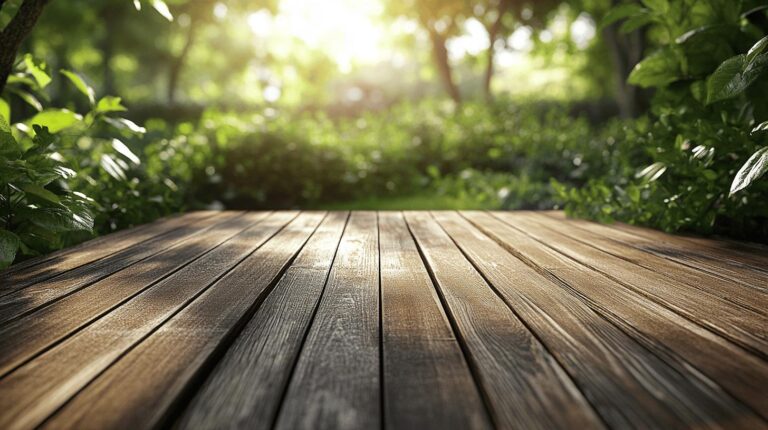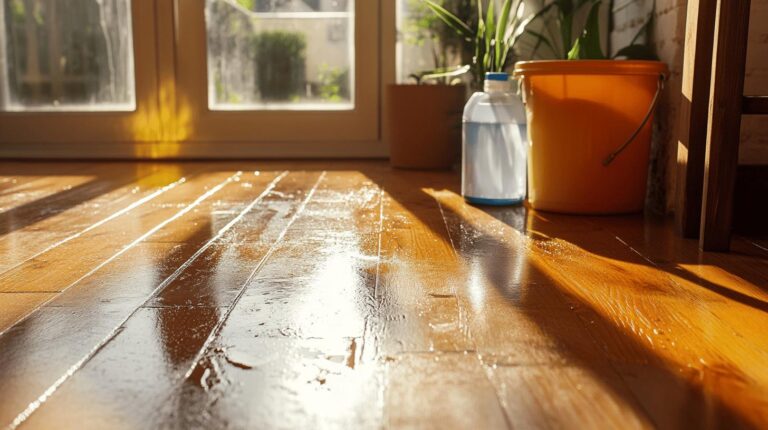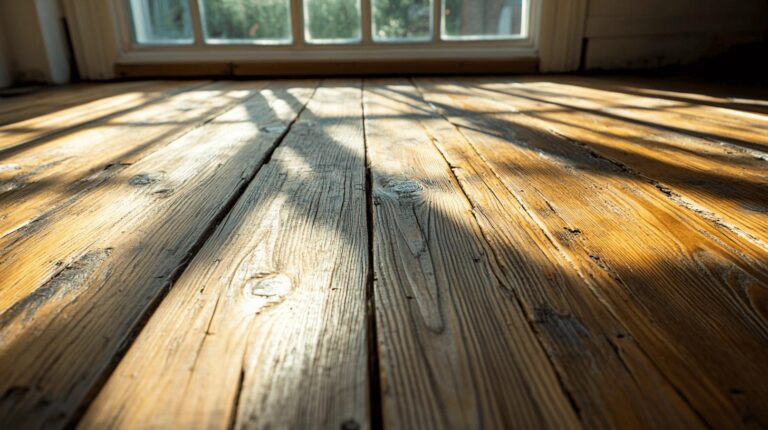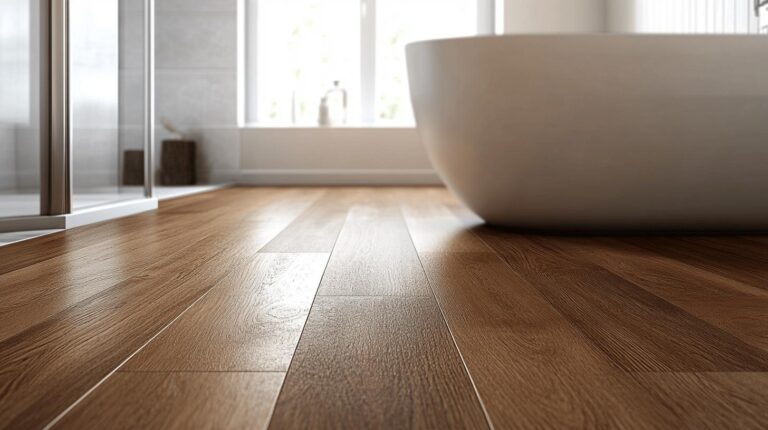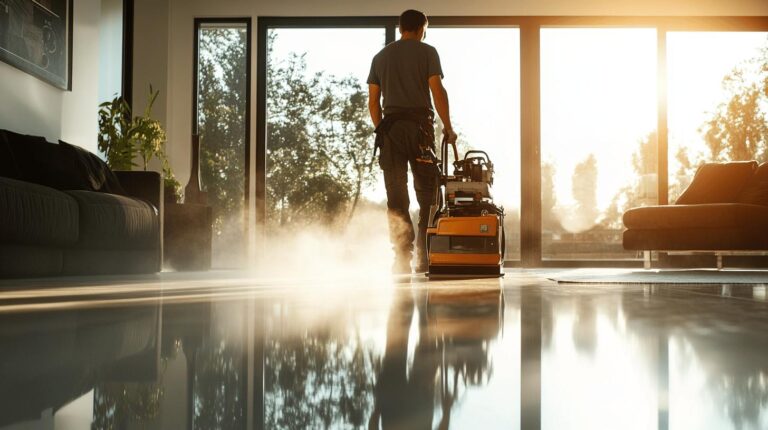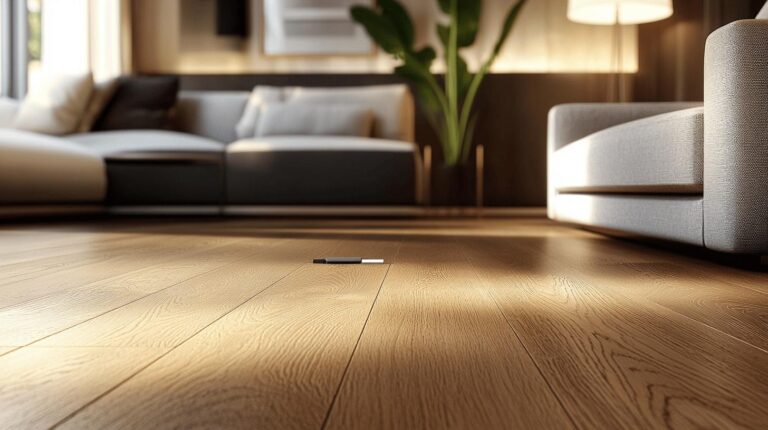Choosing between natural and synthetic finishes often feels like standing at a crossroads: do you prioritise eco-friendliness or durability? This decision is more than just a matter of preference; it can have lasting impacts on both aesthetics and functionality. As the saying goes, “Not all that glitters is gold,” and indeed, not every vibrant finish is necessarily the best option. Our comparison aims to equip you with the knowledge to make an informed decision. Whether you’re leaning towards traditional elegance or modern resilience, understanding the differences will guide you to the perfect choice for your space.
Understanding Natural and Synthetic Finishes: Definitions and Key Differences
Natural finishes are sourced from renewable materials like plant oils, resins, and minerals. These finishes are lauded for their eco-friendly properties, as they are biodegradable and contain low levels of volatile organic compounds (VOCs), contributing to improved indoor air quality. Their traditional appeal lies in their ability to enhance the natural beauty of wood, offering a subdued colour palette and a more authentic finish that aligns with environmentally conscious choices.
In contrast, synthetic finishes are formulated from petrochemical-based compounds. These finishes are renowned for their durability and resistance to wear, making them suitable for high-traffic areas and environments requiring robust protection. Synthetic finishes also provide a modern aesthetic with a vast array of vibrant colours and finishes, satisfying diverse design preferences. Despite their advantages, the production and application of synthetic finishes often involve higher VOC emissions, posing environmental and health concerns.
- Source: Natural finishes derive from renewable resources; synthetic finishes are petrochemical-based.
- Environmental Impact: Natural finishes are biodegradable; synthetic finishes have higher VOC emissions.
- Durability: Synthetic finishes are generally more durable.
- Colour Range: Synthetic finishes offer a wider range of colours.
- Application: Natural finishes enhance natural wood aesthetics; synthetic finishes provide varied modern looks.
These differences have significant implications for users. Natural finishes may appeal to those prioritising environmental sustainability and aesthetics that highlight natural wood characteristics. However, they may require more maintenance due to their lower durability. On the other hand, synthetic finishes are ideal for users seeking longevity and a broader spectrum of design options, albeit with consideration for the potential environmental and health impacts associated with higher VOC levels. Choosing the right finish involves balancing these factors against specific project needs and personal values.
Benefits and Drawbacks of Natural Finishes
Natural finishes are celebrated for their eco-friendly properties and the health benefits they offer. Derived from renewable resources such as plant oils and resins, these finishes are biodegradable, resulting in a reduced environmental footprint. They contribute to improved indoor air quality by releasing fewer volatile organic compounds (VOCs), making them an excellent choice for those concerned with health and sustainability. Moreover, natural finishes are highly breathable, allowing moisture regulation, which helps prevent issues like mould and mildew, further enhancing their appeal as eco-friendly coatings.
| Benefit | Drawback |
|---|---|
| Biodegradable | Higher cost |
| Low VOCs | Less resistant to wear |
| Improved air quality | Frequent maintenance needed |
| Breathability | Sensitivity to UV light |
Maintenance requirements and cost implications are crucial when considering natural finishes. While they provide significant environmental and health benefits, these finishes can be more expensive initially due to the sustainable nature of their ingredients. Additionally, they may require more frequent upkeep compared to synthetic alternatives, as they tend to be less resistant to wear and UV light. Homeowners and businesses must weigh these factors when deciding if the environmental advantages outweigh the practical demands of maintenance and cost.
Advantages and Limitations of Synthetic Finishes
Synthetic finishes are renowned for their impressive durability and versatility. These finishes are designed to withstand the rigours of daily use, providing robust protection against moisture and wear. Their quick drying times and wide range of vibrant colours make them a favourite for both residential and commercial projects. Synthetic finishes excel in high-traffic areas where resilience is paramount, offering a modern aesthetic that complements a variety of design preferences. Their ability to maintain their appearance over time, even in challenging conditions, underscores their appeal to those prioritising longevity and practicality in their finishing choices.
- Flooring in commercial spaces
- Kitchen and bathroom cabinetry
- Exterior house painting
- Industrial equipment coatings
- Automotive finishes
Despite their many advantages, synthetic finishes come with certain environmental and health concerns, primarily due to their volatile organic compound (VOC) content. High VOC levels can contribute to indoor air pollution, posing potential health risks such as respiratory irritation and long-term health issues. Furthermore, the production of synthetic finishes often involves energy-intensive processes and the use of petroleum-based materials, which can have a significant environmental impact. As awareness of these issues grows, there is increasing interest in developing low-VOC synthetic options to mitigate these concerns, although they may still not match the eco-friendliness of natural finishes. Understanding these limitations is crucial for making informed decisions about finish selection and balancing performance needs with environmental responsibility.
Cost Analysis: Natural vs. Synthetic Finishes
When evaluating the initial costs of natural versus synthetic finishes, natural finishes typically come with a higher price tag. This is largely due to their composition, which includes sustainable and eco-friendly ingredients that are more expensive to source and produce. These costs reflect the commitment to using renewable resources and maintaining lower volatile organic compound (VOC) levels. On the other hand, synthetic finishes are generally more affordable upfront. They are made from petrochemical-based compounds, which are cheaper to manufacture. However, this initial affordability may be offset by future expenses related to potential health and environmental impacts.
| Finish Type | Initial Cost | Long-term Cost |
|---|---|---|
| Natural Finish | High | Potential Savings |
| Synthetic Finish | Low | Potential Costs |
| Natural (High-Quality) | Very High | Greater Potential Savings |
| Synthetic (Low-VOC) | Moderate | Reduced Costs |
Long-term cost considerations reveal a different picture. Natural finishes, despite their higher upfront costs, may offer long-term savings. Their eco-friendly nature can lead to health benefits and reduced environmental impact, potentially lowering future costs related to these areas. Conversely, synthetic finishes, while initially cost-effective, might incur additional expenses over time due to their environmental and health impacts. These could include increased maintenance or mitigation costs to address the adverse effects of higher VOC levels. Therefore, when choosing between natural and synthetic finishes, it’s crucial to consider not only the initial expenses but also the long-term financial and ecological implications.
Environmental Impact of Natural and Synthetic Finishes
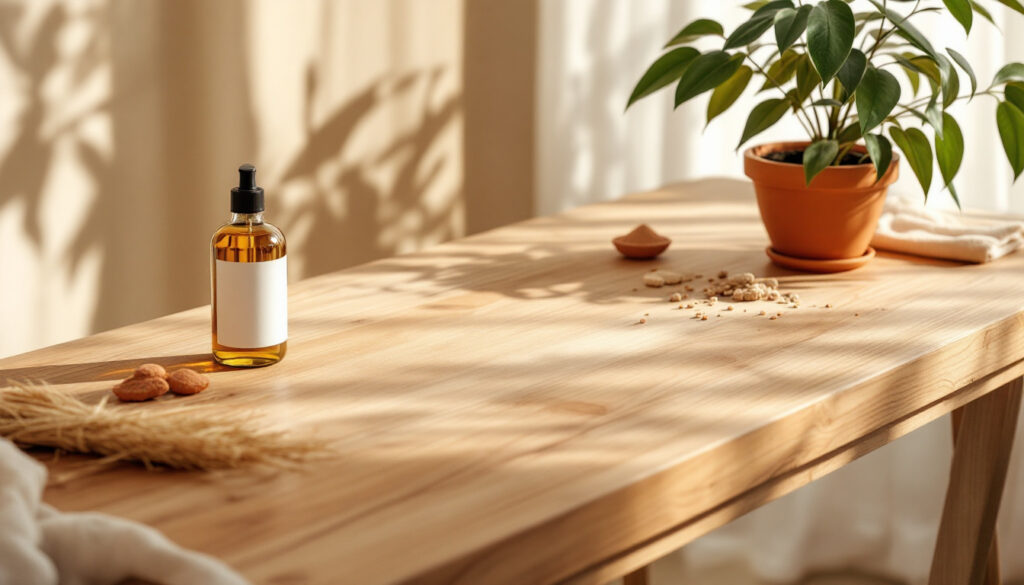
Natural finishes are lauded for their environmentally friendly characteristics, primarily owing to their biodegradable and renewable components. These finishes are typically derived from sustainable materials such as plant oils, resins, and minerals, which contribute to a lower environmental footprint. Their production processes often require less energy, resulting in reduced carbon emissions. Furthermore, natural finishes emit fewer volatile organic compounds (VOCs), promoting healthier indoor air quality and minimizing their contribution to air pollution. The use of natural finishes aligns with eco-friendly practices, supporting efforts towards environmental sustainability.
Conversely, synthetic finishes, while known for their durability, pose several environmental concerns. The production of synthetic finishes is often energy-intensive, relying on petrochemical-based compounds that contribute to higher carbon emissions. This energy consumption is a significant factor in their environmental impact, increasing their carbon footprint substantially. Additionally, synthetic finishes typically contain higher levels of VOCs, which can lead to air pollution and have detrimental effects on the ozone layer. These emissions can also negatively impact indoor air quality, posing health risks to inhabitants through prolonged exposure. Therefore, despite their practical advantages, synthetic finishes necessitate careful consideration of their environmental drawbacks.
Innovations in the industry are making strides towards reducing the environmental impact of both natural and synthetic finishes. Advances in formulation and manufacturing processes aim to decrease VOC emissions and enhance the use of sustainable materials. For synthetic finishes, the development of low-VOC alternatives is a significant step forward in mitigating their ecological footprint. Similarly, natural finishes continue to evolve, with efforts focused on improving their durability while maintaining their eco-friendly attributes. These innovations reflect a growing commitment to sustainability, offering more environmentally conscious choices for consumers seeking to balance performance with ecological responsibility.
Aesthetic Appeal and Application Techniques
Natural finishes are renowned for providing a traditional aesthetic, characterised by their subtle tones and organic appearance. These finishes enhance the inherent beauty of the wood, offering a timeless and classic look that appeals to those who appreciate the natural grain and texture of wood surfaces. In contrast, synthetic finishes deliver a modern aesthetic with a wide spectrum of vibrant colours, catering to diverse design preferences and contemporary styles. This versatility allows for bold and striking visual statements, making synthetic finishes a popular choice for those seeking to make an impact with their interior design.
- Brushing for even coating
- Spraying for smooth layers
- Rolling for quick coverage
- Buffing for polished finishes
- Staining for depth and richness
Applying natural finishes often demands a higher level of skill and attention to detail. The process may involve multiple steps to ensure the finish penetrates the wood properly and achieves the desired effect. Techniques such as brushing or hand-rubbing are common, requiring precision to avoid streaks and ensure an even application. On the other hand, synthetic finishes can be more forgiving, with methods like spraying or rolling providing efficient and uniform coverage. However, achieving the best results with either type of finish requires familiarity with the materials and techniques, as well as a steady hand and an eye for detail.
Durability and Longevity: A Comparative Perspective
Synthetic finishes are celebrated for their exceptional durability and longevity, making them a preferred choice in environments subject to high wear and tear. They are engineered to withstand extreme conditions, such as high traffic and exposure to moisture, without compromising their integrity or appearance. This resilience is attributed to their petrochemical-based composition, which provides a tough and lasting surface. As a result, synthetic finishes often require less frequent maintenance, offering long-term cost savings and reduced disruption for users. Their ability to retain colour and resist fading further enhances their appeal, especially in commercial settings where durability is paramount.
- Enhanced UV resistance
- Improved abrasion resistance
- Advanced moisture protection
- Increased flexibility for expansion and contraction
Recent advancements in natural finishes have significantly improved their durability, narrowing the gap with their synthetic counterparts. Innovations in formulation have led to enhanced UV resistance, reducing the rate of fading and deterioration. Improved abrasion resistance means that natural finishes are now more capable of withstanding daily wear, while advanced moisture protection helps prevent water damage. Additionally, increased flexibility allows these finishes to adapt to changes in temperature and humidity, reducing the risk of cracking or peeling. These developments make natural finishes a more viable option for a wider range of applications.
When selecting a finish, it is crucial to consider the specific environmental conditions it will face. Synthetic finishes are ideal for areas exposed to heavy use or harsh elements due to their superior durability. However, in settings where environmental impact and sustainability are priorities, improved natural finishes may offer a compelling alternative, balancing aesthetics with practical performance.
Choosing the Right Finish: Considerations for Home and Business
Selecting the appropriate finish for a space involves a careful evaluation of several key factors. Aesthetics play a crucial role, as the desired visual appeal significantly influences the choice between natural and synthetic finishes. Natural finishes often provide a more traditional look, while synthetic options offer a modern and vibrant colour palette. Durability is another critical factor; synthetic finishes generally offer superior resilience, making them ideal for high-traffic areas, whereas natural finishes may require more maintenance but offer eco-friendly benefits. Cost considerations, including both initial expenditure and long-term maintenance costs, also impact decision-making. Homeowners may prioritise health-related factors like air quality, while businesses might focus more on cost-effectiveness and longevity.
| Consideration | Home Use | Business Use |
|---|---|---|
| Aesthetics | Natural wood appearance | Modern, vibrant colours |
| Durability | Less wear resistance | High resilience required |
| Cost | Higher initial cost | Cost-effective solutions |
| Environmental Impact | Low VOCs preferred | Balance with durability |
Ryan’s Restoration offers expert guidance to ensure clients select the most suitable finish for their specific needs. With a thorough understanding of both residential and commercial requirements, Ryan’s Restoration provides tailored recommendations that consider aesthetics, durability, cost, and environmental impact. Their expertise in wood finish applications allows them to advise on the best practices for achieving desired outcomes while maintaining sustainability. By consulting with Ryan’s Restoration, homeowners and businesses can make informed decisions that align with their priorities and ensure long-lasting satisfaction with their chosen finishes.
Final Words
Navigating the complexities of choosing wood finishes reveals critical distinctions between natural and synthetic options. Natural vs. Synthetic Finishes: A Comparative Analysis offers insights into materials derived from renewable resources versus petrochemical origins, highlighting eco-friendliness against durability.
Natural finishes present environmental benefits yet require more maintenance. Conversely, synthetic finishes excel in longevity but pose environmental challenges. Cost analysis shows varied initial and long-term expenses; synthetic finishes often start cheaper but incur health costs.
Evaluating the aesthetic appeal, it becomes evident that traditional natural tones contrast modern synthetic vibrancy, impacting user choice in finishes. Overall, understanding these aspects aids informed decision-making, ensuring the right balance for home or business use.
Choose the perfect finish for your floors – Contact Ryan’s Restoration for expert advice today!
FAQ
Q: What are natural and synthetic finishes?
Natural finishes are derived from renewable resources like plant oils, resins, and minerals. They are biodegradable and typically have low VOC levels. Synthetic finishes, on the other hand, are made from petrochemical-based compounds, offering greater durability and a wider range of colours and finishes.
Q: What are the key differences between natural and synthetic finishes?
Key differences include source materials, environmental impact, colour range, durability, and maintenance requirements. Natural finishes are eco-friendly and biodegradable, while synthetic finishes offer enhanced durability and a wider selection of colours.
Q: What are the benefits and drawbacks of using natural finishes?
Natural finishes provide environmental benefits, improved indoor air quality, and breathability. However, they may require more frequent maintenance and can be more expensive. They are less resistant to wear and UV light than synthetic finishes.
Q: What advantages do synthetic finishes offer?
Synthetic finishes offer durability, quick drying times, a wide variety of colours, and resistance to moisture and wear. However, they often have higher VOC levels, which may pose environmental and health concerns.
Q: How do natural and synthetic finishes compare in terms of cost?
Natural finishes generally have higher upfront costs due to sustainable ingredients but may offer long-term savings in terms of health benefits and sustainability. Synthetic finishes are often more affordable initially, but long-term environmental and health costs may arise.
Q: What is the environmental impact of natural and synthetic finishes?
Natural finishes have a lower environmental footprint due to their biodegradable and renewable components. Synthetic finishes, while more durable, may involve energy-intensive production and higher VOC emissions, leading to pollution.
Q: How do natural and synthetic finishes affect the aesthetic appeal and application techniques?
Natural finishes provide a traditional look with subtle tones, while synthetic finishes offer a modern appearance with vibrant colours. Application techniques vary, with natural finishes needing more skill and care.
Q: What is the durability and longevity comparison of natural vs synthetic finishes?
Synthetic finishes are known for their durability and longevity, often outperforming natural finishes in harsh conditions. However, recent advancements in natural finishes have improved their durability, making them more competitive.
Q: What considerations should be made when choosing the right finish for home and business use?
Selecting the right finish involves balancing aesthetics, durability, environmental impact, and cost. Homeowners often prioritise air quality and aesthetics, while businesses may focus on cost-effectiveness and durability.
